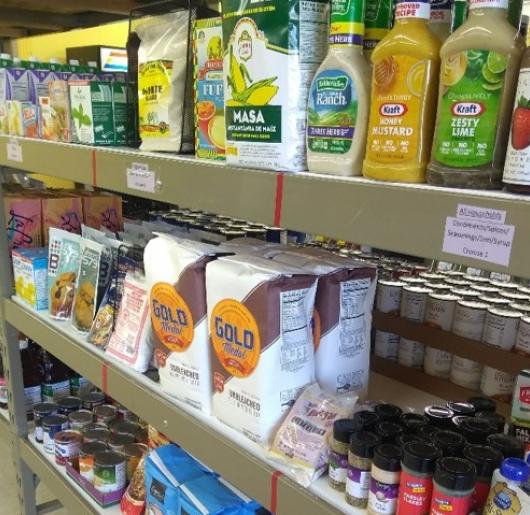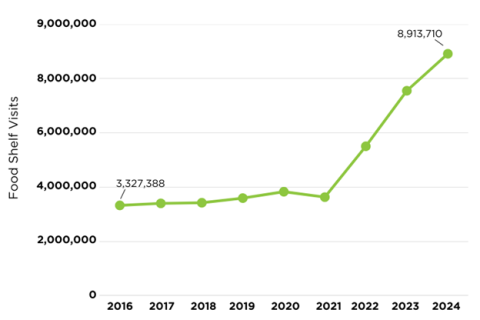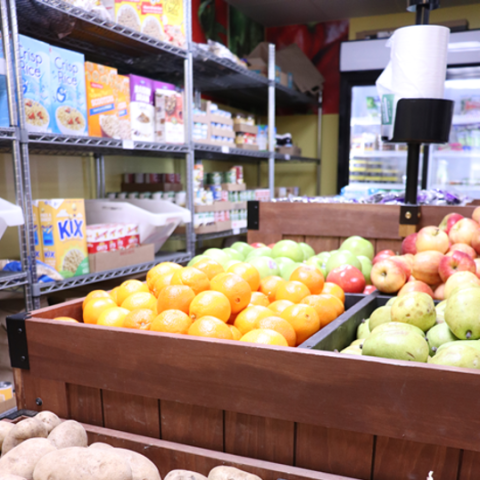Learn about new laws that are causing significant changes in time-limited work rules for SNAP recipients and that impact recipients and increase workload for Minnesota's counties and Tribal Nations.
The federal shutdown has ended, and SNAP benefits are being processed and distributed on schedule. Learn more at https://dcyf.mn.gov/federal-shutdown
Title
The Emergency Food Assistance Program (TEFAP)
Intro
The program distributes U.S. Department of Agriculture (USDA) foods to food shelves, on-site meal programs, and shelters for distribution in their communities.
Banner

Sections




